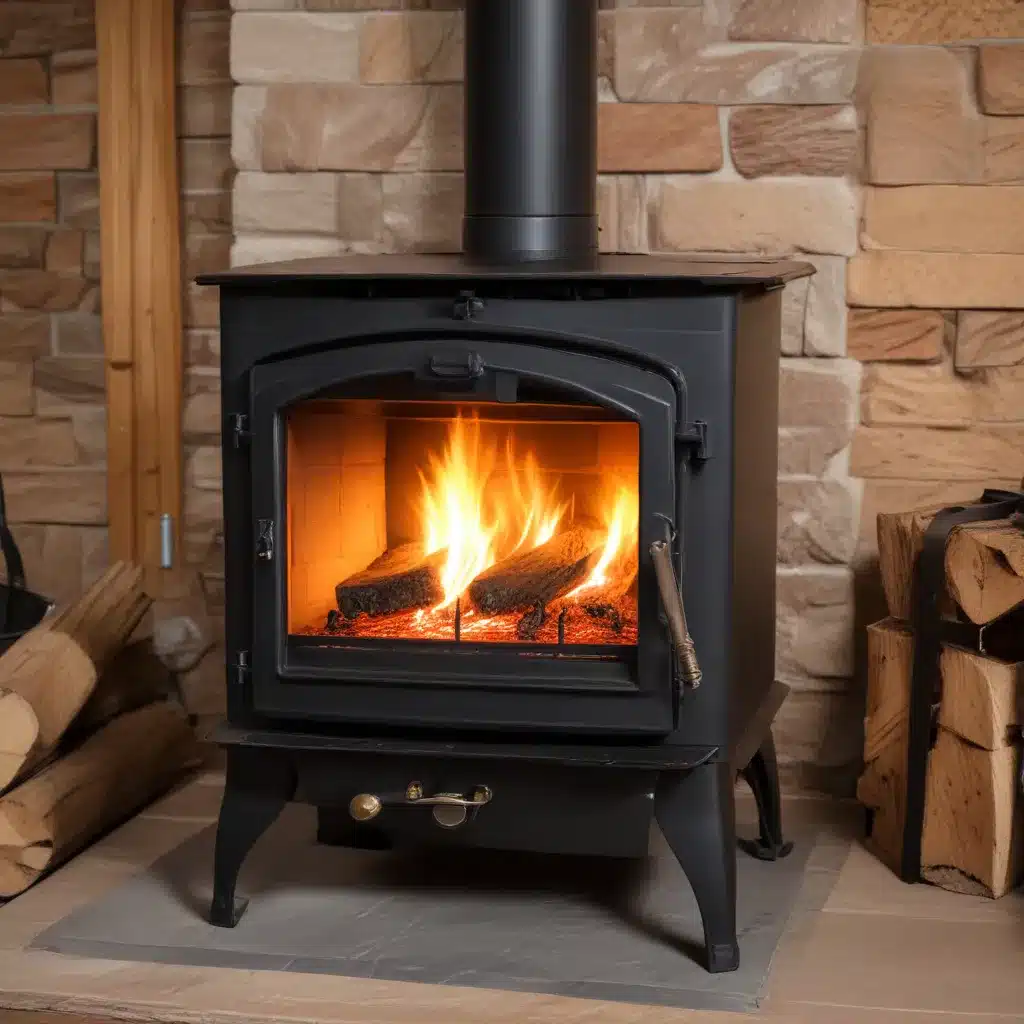
Understanding the Importance of Efficient Wood Combustion
Every winter, thousands of homeowners across the country turn to wood stoves, boilers, and fireplace inserts to keep their homes warm and cozy. While these heating solutions offer a renewable, affordable, and locally-sourced option, the way you operate your wood-fired equipment can significantly impact its performance and the resulting emissions.
The key principle to remember is that efficient heat is clean heat. When wood is burned completely, with 100% efficient combustion, the combustible materials are converted into heat, carbon dioxide (CO2), and water vapor. However, incomplete combustion leads to the release of harmful pollutants, such as carbon particles, carbon monoxide, and polycyclic aromatic hydrocarbons – substances that we want to avoid inhaling or releasing into the environment.
By ensuring your wood-burning appliance operates at peak efficiency, you can not only maximize the heat output from your fuel but also significantly reduce emissions, keeping the air clean for you and your neighbors. In this comprehensive guide, we’ll explore practical tips and in-depth insights to help you optimize the efficiency of your wood stove, boiler, or fireplace insert while minimizing harmful pollutants.
Choosing High-Efficiency Wood Stoves and Boilers
The first step in achieving efficient and clean wood combustion is to select the right equipment. Indoor wood stoves and inserts sold in the United States since 1988 are required to meet strict efficiency standards set by the U.S. Environmental Protection Agency (EPA). These high-efficiency designs help ensure more complete combustion of the wood fuel.
Outdoor wood boilers, on the other hand, are not covered by this regulation, but voluntary certification programs are available. When shopping for a new wood-burning appliance, be sure to check the EPA’s “Burn Wise” website to find models that meet the agency’s high-efficiency standards.
If you have an older stove or boiler that was built before 1988 or does not have an EPA certification, it’s generally not as efficient as modern, high-efficiency models. While it may seem counterintuitive to replace a functioning appliance, the improvements in efficiency and emissions reduction can be significant. You may even end up using up to 30% less wood, saving both money and effort.
Mastering the Art of Dry, Seasoned Wood
One of the key factors that can dramatically impact the efficiency and cleanliness of your wood-burning appliance is the moisture content of the wood fuel. Properly dried and seasoned wood, with a moisture content around 20% by weight, contains approximately 12% more available energy than freshly cut wood with a moisture content of 45%.
In addition to providing more heat per unit of fuel, using dry, seasoned wood also allows for more efficient combustion in residential wood stoves. To ensure your wood is properly dried, it’s best to stack it in a sunny, well-ventilated area and allow it to dry for at least six months, but ideally one to two years. While wood suppliers may claim their product is “fully seasoned,” it’s often worth storing the wood for an additional year to further reduce the moisture content.
Maintaining Optimal Combustion Temperatures
Another crucial factor in achieving efficient and clean wood combustion is maintaining the right temperatures in the combustion zone. For optimal performance, the combustion zone should be kept at a minimum of 600°C (1,100°F). If the temperature drops below this threshold, the wood will tend to “smolder,” resulting in incomplete combustion and the release of harmful pollutants.
To keep the stove hot and ensure complete combustion, be sure to use dry, seasoned wood and refuel the stove before it cools down. Avoid the temptation to “control the heat” by closing down the dampers and limiting air supply, as this can actually prevent the wood from burning efficiently.
Mastering the Fuel Loading Technique
Many homeowners believe that they can control the heat output of their wood stove by adjusting the air supply. While this may technically be possible, it often leads to incomplete combustion and higher emissions. Instead, the best approach is to vary the rate at which you feed the fire, rather than trying to restrict the airflow.
The key is to avoid damping down the stove, except for one important scenario: when the fire has burned down to a bed of glowing embers, and you do not plan to add more fuel (such as at the end of the day before bedtime). In this case, partially closing the damper can help “bank the fire,” reducing the amount of heat drawn out of the house overnight.
Embracing the Benefits of High-Efficiency Wood Stoves
Wood stoves, boilers, and fireplace inserts are popular heating solutions in many regions, but the way you use them can have a significant impact on their performance and emissions. By following the four simple tips outlined in this article – choosing high-efficiency equipment, using properly seasoned wood, maintaining optimal combustion temperatures, and mastering the fuel loading technique – you can significantly improve the efficiency of your wood-burning appliance while reducing harmful pollutants.
Not only will your wallet and the environment benefit from these practices, but you’ll also be able to enjoy the cozy warmth of your wood-fired heating system with the peace of mind that you’re doing your part to keep the air clean. Remember, a little effort in optimizing your wood stove can go a long way in ensuring a more sustainable and environmentally friendly heating solution.
For more information on wood stove maintenance, energy-efficient heating options, and sustainable home heating, be sure to explore the comprehensive resources available on https://woodstoveheaters.com/.


